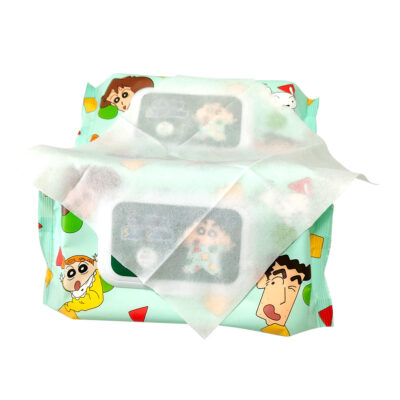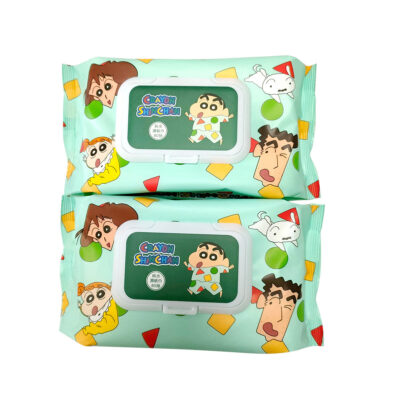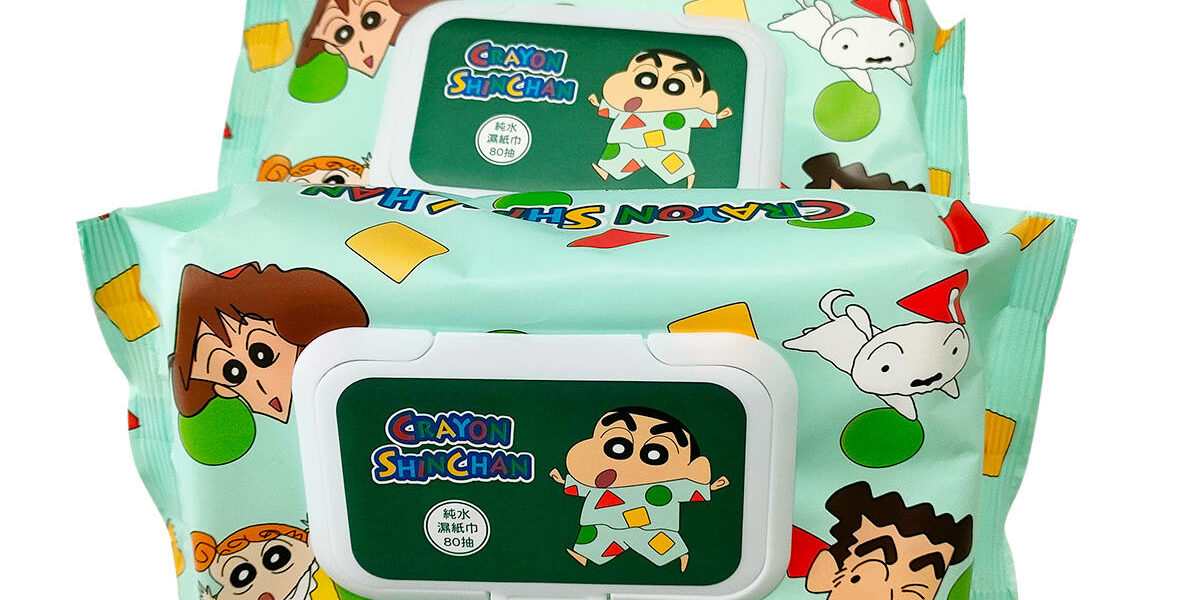Introduction: Why Ingredients Define Trust
Parents are highly selective when choosing products for their newborns. For wipes, this means more than softness—it’s about ingredient safety and skin compatibility. Procurement teams working with global suppliers must understand how baby wipes manufacturers select and balance raw materials to achieve safety, comfort, and regulatory compliance.
The Sensitivity of Infant Skin
Infant skin is thinner, less oily, and more prone to irritation compared to adult skin. This makes it vulnerable to dryness, redness, and rashes if exposed to harsh chemicals.
✔ Weaker barrier – Less protection against irritants.
✔ Higher water loss – More susceptible to dryness.
✔ Greater absorption – Ingredients penetrate more easily.
This is why choosing the right ingredients for baby wipes is not optional—it is the foundation of brand reputation.
Key Gentle Ingredients in Baby Wipes
-
Water as a Base
High-purity water is the foundation of most baby wipe lotions, often making up more than 90% of the formula. It ensures hydration without irritation. -
Natural Moisturizers
Ingredients such as glycerin, aloe vera, and chamomile extract soothe the skin while preventing dryness. -
Mild Surfactants
Extremely gentle cleansing agents help remove dirt and residues without stripping the skin’s natural oils. -
pH Regulators
Formulation aligned with skin’s natural pH (around 5.5) helps preserve the acid mantle. -
Safe Preservatives
To prevent bacterial growth, manufacturers use carefully selected preservatives—always free from parabens and formaldehyde donors.
Professional Baby Wipes Manufacturers often provide ingredient transparency, helping private label clients position their wipes as dermatology-tested and hypoallergenic.
Ingredients to Avoid in Baby Wipes
Procurement managers should be alert to formulations that include:
✘ Alcohols – Can dry out delicate skin.
✘ Parabens – Increasingly rejected by global markets.
✘ Synthetic fragrances – Common causes of allergic reactions.
✘ Harsh surfactants – Lead to irritation or barrier disruption.
Avoiding these not only protects infants but also aligns with consumer expectations and regulatory requirements.
Regulatory and Market Considerations
In markets like the EU and US, wipes must comply with cosmetic regulations and be supported by safety dossiers. Retailers increasingly demand:
✔ Ingredient lists with INCI names
✔ Dermatological testing data
✔ Free-from claims (fragrance-free, paraben-free)
✔ Biodegradable substrate options
Partnering with trusted Wipe Manufacturers ensures compliance, scalability, and consistent quality across regions.
Customization for Private Label Buyers
Buyers can request different ingredient profiles depending on brand strategy:
-
Eco-friendly formulas – Plant-based extracts and biodegradable fibers.
-
Premium wipes – Added skin-soothing actives like oat kernel extract.
-
Value-line wipes – Simplified but safe formulations to meet price-sensitive segments.
This flexibility allows distributors to target multiple market tiers without compromising safety.
Conclusion: Safe Ingredients Build Lasting Brands
The ingredient selection process in baby wipes manufacturing is as much about trust as it is about performance. Parents expect wipes that are soft, safe, and scientifically validated. For B2B buyers, working with experienced baby wipes manufacturers ensures consistent ingredient quality, global compliance, and opportunities for brand differentiation. By prioritizing gentle ingredients, procurement teams can deliver products that meet both regulatory demands and parental expectations.

















